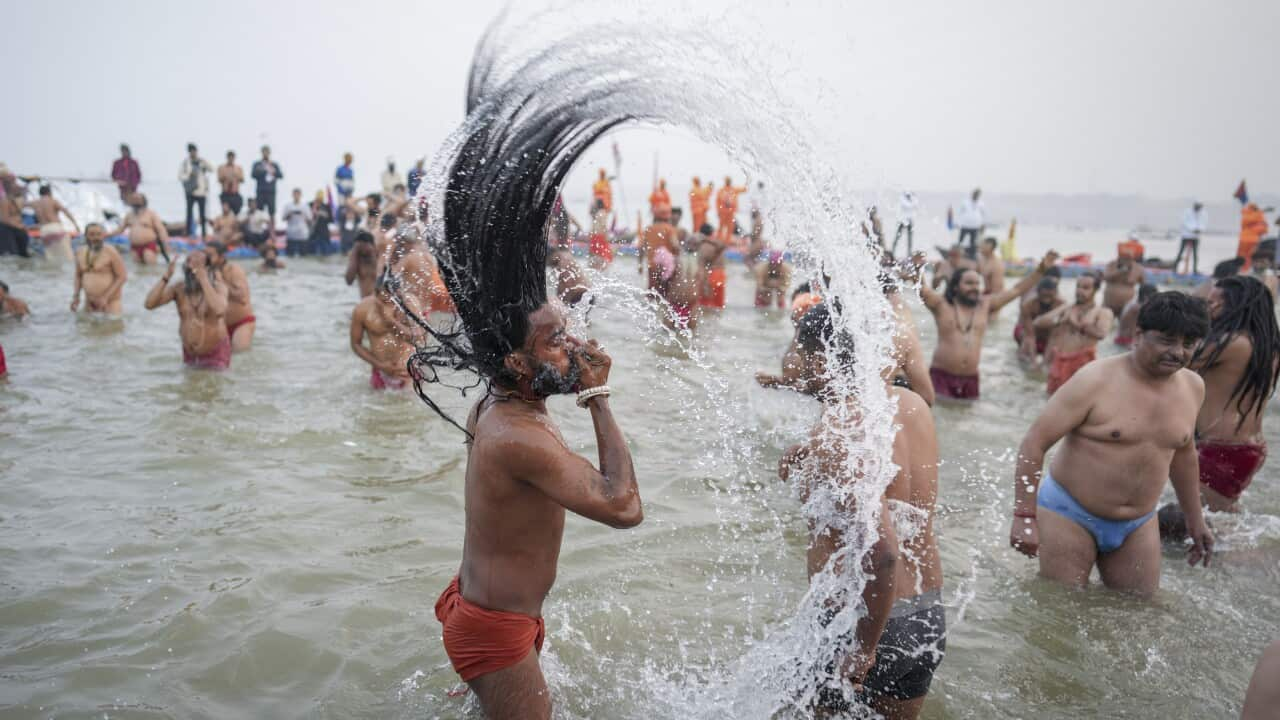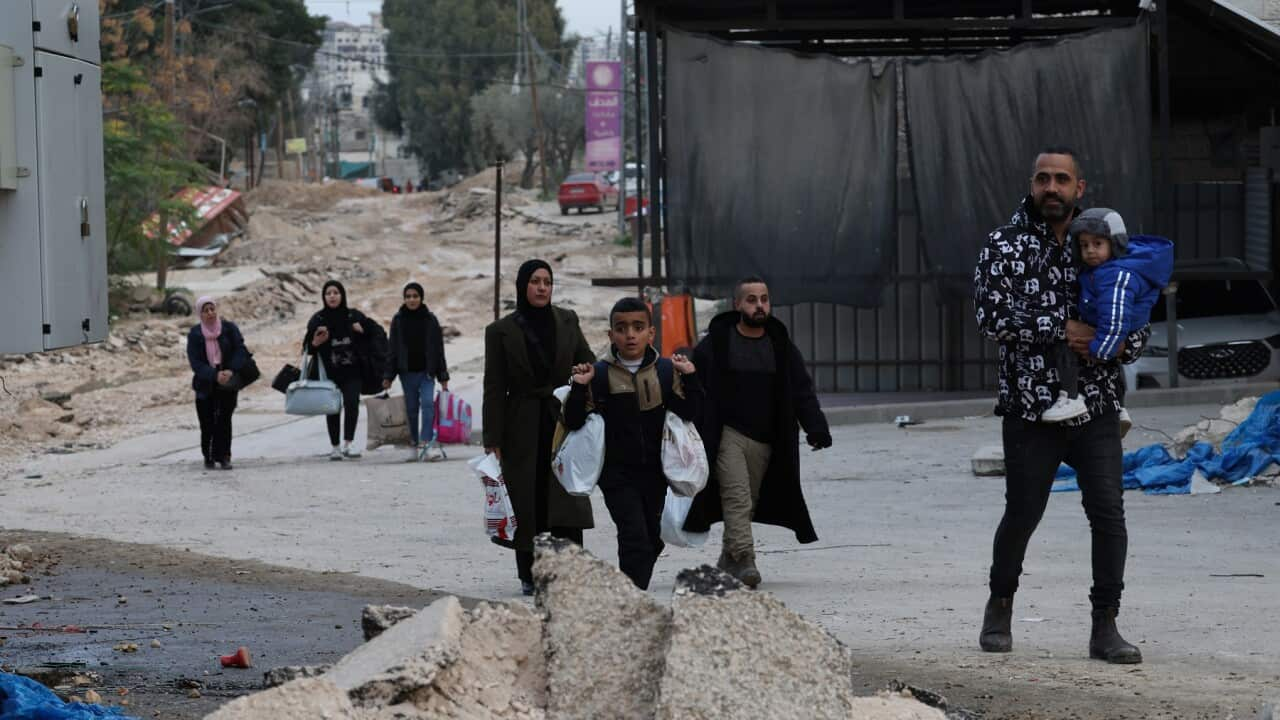Key Points
- Thousands of parent visa applications are currently being processed by Department of Home Affairs.
- Processing times for the contributory parent visa have ballooned to 12 years in recent times.
- A new petition seeks to increase the annual intake for parent visas to 20,000.
Adelaide-based Nitin Parwal, 46, sometimes regrets moving to Australia from the US.

Adelaide-based Nitin Parwal.
“We filed three contributory visa applications in 2018 (Subclass 143) for my parents as well as my mother-in-law after my wife was diagnosed with breast cancer,” he recalled.
“It was the hardest period of our life as our kids were small and we were desperate for all the support. Bringing them here would have eased our life and also eased childcare centre pressures," he says.
"We are still waiting for my parents' visas but unfortunately my mother-in-law passed away during COVID," he says.

Nitin Parwal's parents.
"The government must disclose how many parent visa seats have been granted during the financial year and if any unused seats are being carried forward to next financial year," he comments.
The lack of transparency about where exactly his parents stand in the queue further adds to the frustration, he says.
Parent visas under the current migration program
Parent visas are capped under the Migration Program each year and the demand has consistently been strong and exceeded the available places.
“In the October 2022 Budget, the government announced an increase in the migration planning level for parent visas from 4,500 places in 2021-22 to 8,500 in 2022-23,” a DHA spokesperson said.

The contributory parent visa offers a shorter waiting time for parents, but it comes with a fee of over $43,000 per applicant. Source: Moment RF / anand purohit/Getty Images
In the current financial year till 31 January, almost 13,000 applications have been lodged under parent visa categories. received the highest number of applications of all other categories, over 7,000, for the same period.
Costing over $47,000 per applicant, the Subclass 143
(Contributory Parent) visa option has seen its processing time recently double to up to 12 years.
So far, the longer waiting periods for parents to reunite with their onshore children has not affected the net migration which continues to rise in Australia.
Is the longer wait for parent visas affecting migration?
Abul Rizvi, a former deputy secretary of the Department of Immigration, says the demand for migration to Australia remains as strong as ever.
“Net migration in 2022 is likely to have broken all records. People’s decision to migrate tends to focus on their future and those of their children, not their parents,” he said.

Thousands of applicants are in line waiting for parent visas. (Representative image) Credit: Bjarte Rettedal/Getty Images
A three-member panel to review Australia’s migration system – led by Martin Parkinson has been set the task of producing “a holistic strategy that articulates the purpose, structure and objectives of Australia’s migration system to ensure it meets the national interest in the coming decades”.
The review is set to release its interim report this month.
But Mr Rizvi says it is unlikely to have anything on parent visas.
“The government may think about various temporary visa options for parents but not permanent migration,” he said.
Can a campaign help?
A new petition is doing the rounds seeking to increase the annual intake for parent visas to 20,000.
“The Australian government needs to take stock and increase the places to at least 20,000 annual places so parents can join their onshore children. To rob them of precious years with their children, is cruel and inhumane,” the petition says.

Almost 6000 people have signed a petition asking for a higher allocation of parent visas. Credit: Hill Street Studios/Getty Images
Seema Chauhan, a migration expert from the Gold Coast, says Australia is taking baby steps towards increasing parent visa numbers.
"A total of 52,500 seats have been set aside for family reunions, of which 8,500 seats are reserved for parents. Parents are not the top priority for the government," she said.
"Older parents can add to the burden on the Australian medical system, so even if you pay $43,600 per parent as a second visa application charge, it may not be enough to cover their medical care over time," she explains.
However, she says there are other options available for people to bring their parents for longer periods.
"Theis a temporary visa which allows parents to stay for up to three or five years. But it does not offer medical benefits," she adds.
Currently, the waiting period for the Subclass 870 (Parent) visa is up to five months and it also does not require a balance of family test.
Australia offers parent visas under several subclasses including Subclass (Parent) 103, Subclass 804 (Aged Parent) visa, Subclass 143 (Contributory Parent) visa, Subclass 173 (Contributory Parent Temporary) visa, Subclass 884 (Contributory Aged Parent Temporary) visa and 864 (Contributory Aged Parent) visa.




